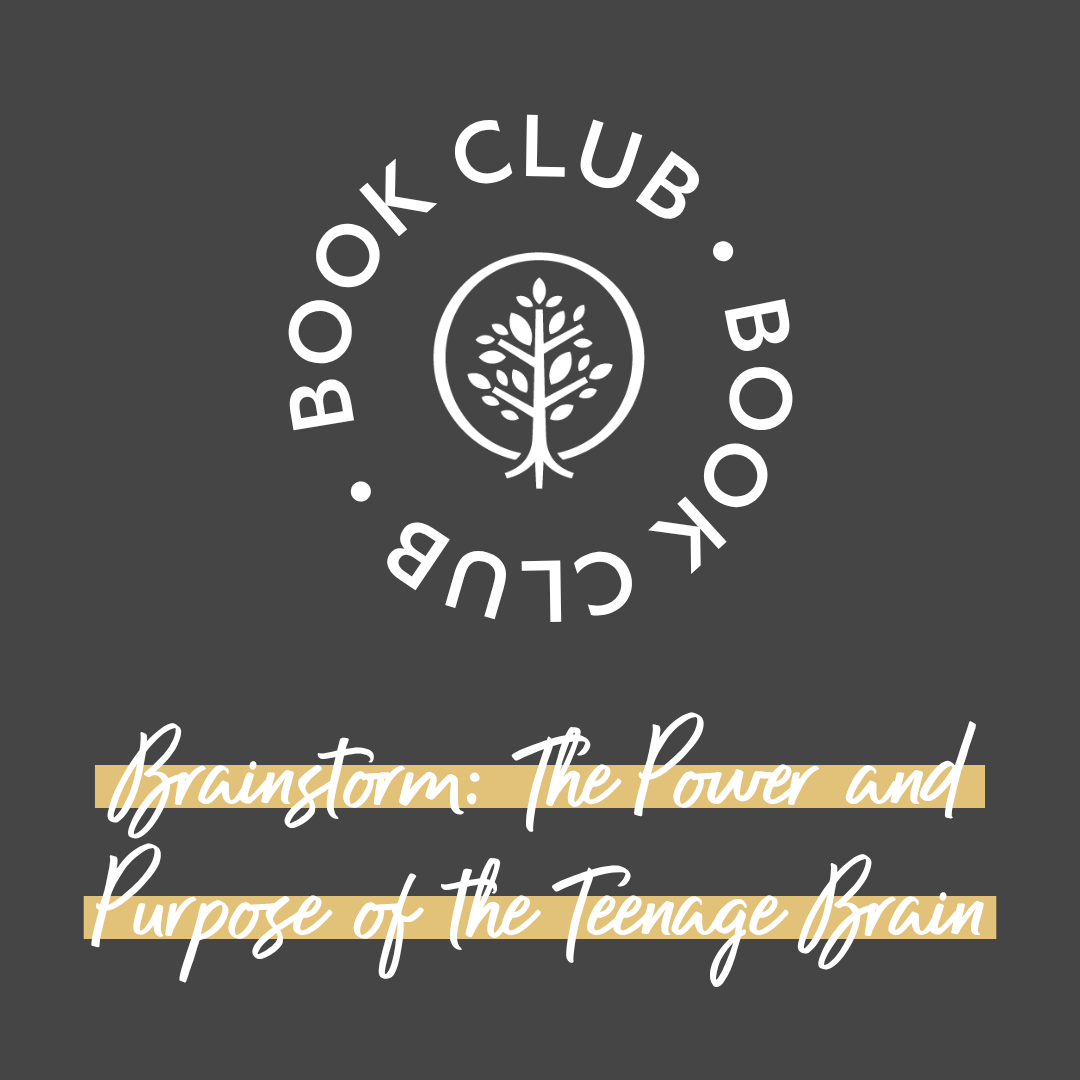Understanding Attachment Theory

An Introduction to Attachment Theory
Attachment theory suggests that each one of us has an attachment style that formed when we were young. First developed by psychologists John Bowlby and Mary Ainsworth in the 1930s, this notion says that your attachment style, formed during your early relationship with your caregivers and how they responded to your needs, plays an integral role in how you relate to those around you as an adult. According to Psychology Today, “Attachment is the emotional bond that forms between infant and caregiver, and it is how the helpless infant gets primary needs met. It then becomes an engine of subsequent social, emotional, and cognitive development. An infant’s early social experience stimulates the growth of the brain and can influence the formation of stable relationships with others.”
This theory of attachment did not begin in the 1900s with Bowlby and Ainsworth, though. The truth is, attachment—the need for secure connection, belonging, and trust—can be traced back to the beginning of time with God’s creation story. “Then God said, ‘Let us make man in our image, after our likeness.’ … So God created man in his own image, in the image of God he created him; male and female he created them” (Genesis 1:26-27). The mutual exchange of love between the Father, the Son, and the Spirit is imprinted on the human soul, and as the creation narrative unfolds, God reflects on his creation of Adam, saying, “It is not good that man should be alone …” (Genesis 2:18). God’s response to Adam’s solitude is the creation of Eve, Adam’s partner. This deep connection and trust experienced through loving relationships and secure attachment are fundamentally God’s idea and God’s design.
Attachment Theory & TBRI®
According to the Karyn Purvis Institute of Child Development at TCU (KPICD), children see—or use—their primary attachment figure as a secure base for exploring and understanding the world. “The relationship between child and caregiver lays the groundwork for interpersonal connections throughout the lifespan. When attachment is derailed, children may display confusing behaviors and struggle to trust even loving, safe adults. Although this is a sobering reality, there is hope for these children.”
The relationship between child and caregiver lays the groundwork for interpersonal connections throughout the lifespan.
Dr. Karyn Purvis
Trust-Based Relational Intervention® (TBRI®) is an attachment-based, trauma-informed intervention designed to meet the complex needs of children, particularly those who are vulnerable. And when we better understand the importance of attachment needs, children can heal and begin to trust the adults who provide care for them. Through its Connecting, Empowering, and Correcting Principles, TBRI considers the whole child—his or her brain, biology, behavior, body, and beliefs—and provides parents and caregivers with practical tools and strategies to help children reach their highest potential.
The early works of Bowlby and Ainsworth have changed and further developed over the years, particularly as we better understand the complexities of the brain and the impacts external environments can have on it. In the coming weeks, we will explore attachment, paying close attention to the four primary attachment styles: Anxious (also referred to as Preoccupied), Avoidant (also referred to as Dismissive), Disorganized (also referred to as Fearful-Avoidant), and Secure. We invite you to join us for this remaining four-part series, and to learn more about building connection and trust with your children and within your family, check out our Pre+Post Adoption Support work, in particular our new Hope for the Journey resource.




